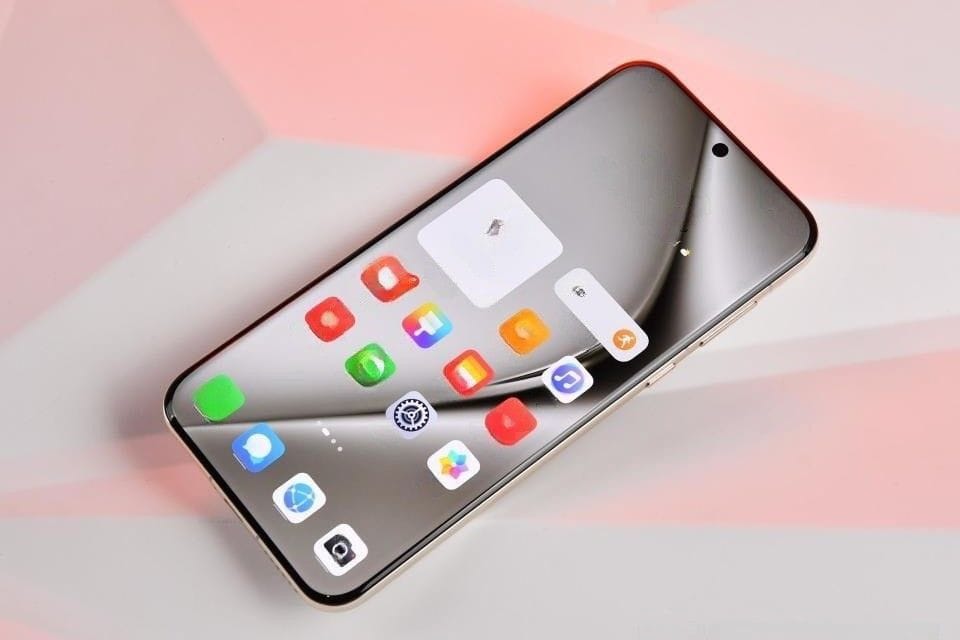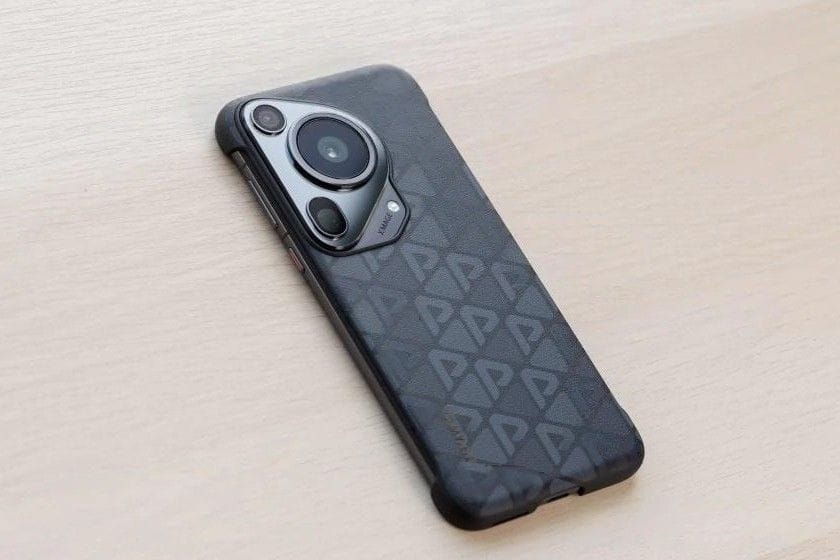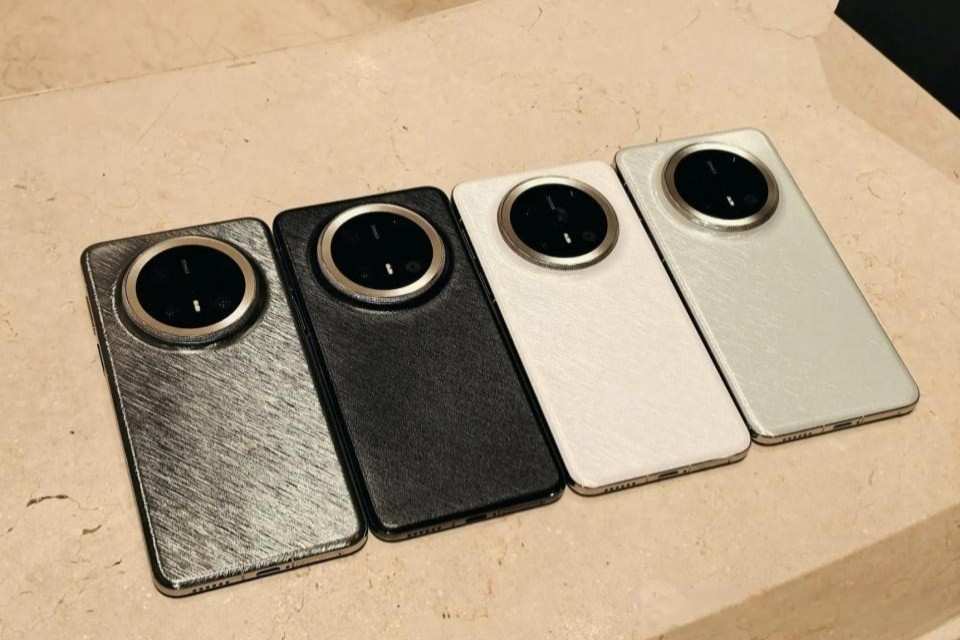Huawei Mobile Camera: Recently, a well-known informant revealed that Huawei’s Red Maple imaging iteration solution is already under testing. The number of pixels of this multi-spectral sensor has jumped from 1.5 million to 5 million, covering full-scene color restoration and taking into account higher-specification photo and video capabilities.
The Red Maple imaging technology was first unveiled with the Huawei Mate70 series. As a multispectral sensor, it increases the number of color channels and perceives light in more bands, providing real color input for the three-camera system to achieve a “what you see is what you get” shooting effect.
Huawei Mobile Camera Leak: Upgraded Red Maple
Especially when dealing with complex ambient light and large areas of pure color scenes, Hongfeng Imaging demonstrates amazing strength—the color reproduction accuracy is improved by 120% compared to the previous generation, the transition of light and shadow is more transparent, and the visual effect is closer to the real perception of the human eye.
The point is that another informant also revealed that custom filters are also on the way, which also means that Huawei phones will have to make great efforts in imaging capabilities in the future.

It is important to understand that red maple imaging is essentially a spectral perception system, which is fundamentally different from traditional RGB sensors. It breaks through the limitations of the three primary color channels and greatly increases the number of channels for collecting color information.
From a technical perspective, red maple imaging is like installing a “spectrometer” on a mobile phone. It can capture light information in more bands and build a complete environmental spectrum database at the moment of shooting.
You should know that when facing neon lights, sunset gradients or large areas of solid-color walls, ordinary sensors are prone to color faults or white balance drift. The Red Maple Image uses multi-dimensional spectral analysis to provide accurate original data for the main camera, ultra-wide angle and telephoto.
In addition, the multispectral data collected by the sensor is input into the XD Fusion engine , and then the pixel-level color mapping algorithm is used to output the final film with extremely high color accuracy.

The core parameter change of this upgrade is the increase in the number of pixels from 1.5 million to 5 million. Behind the numerical increase is a comprehensive reconstruction of the technical architecture.
The pixel count has increased by more than 3 times, which means that the density of photosensitive units per unit area has increased significantly, which puts higher demands on semiconductor processing and optical design.
More sophisticated sensors can capture more subtle details of spectral changes. When users shoot sunset scenes, the system can identify dozens of red gradient levels. Combined with Huawei XMAGE image calibration, the final sunset is both realistic and layered.
In addition, the video field has also seen a breakthrough, maintaining color stability even in dynamic images, which means that film and television creators can obtain cinematic color performance without the need for post-production color grading.

Secondly, in addition to hardware upgrades, Huawei is planning greater changes at the software level. Recently, a informer said that Huawei will open up custom photo filters and style adjustment functions in the new system. This marks the transition of mobile phone imaging from “manufacturer preset” to “user control”, because traditional mobile phone filters are like fixed recipes and users can only choose passively.
The new system will provide adjustment permissions at the original spectral data level, allowing creators to freely adjust color parameters according to scene requirements, which also means more ways to play. However, according to the current market information, it is estimated that Huawei’s Pura 80 series will most likely not adopt it, but only subsequent iterative new phones are expected to adopt it.
Among them, the Mate80 series is likely to become the first launch carrier. The series is scheduled to be launched in December this year, and it is normal to be polished at present.
It is also worth noting that the Mate80 series itself has undergone many innovations. The entire series adopts a straight screen design and provides two 1.5K specifications of 6.74 inches and 6.85 inches. The Pro version retains three holes to support 3D face recognition, while the standard version has a single hole.

If the progress changes, the Pura 90 series will become an alternative carrier and is expected to be released in the first half of next year. The P series has always focused on imaging capabilities. If it is equipped with the upgraded version of Red Maple Imaging, it will strengthen its professional photography positioning.
The key point is that the product strategy shows that Huawei’s dual flagship route is becoming clearer: the Mate series focuses on all-round experience, highlighting the integration of the Hongmeng ecosystem while maintaining its imaging advantages; the Pura series focuses on imaging breakthroughs and becomes a testing ground for mobile photography technology.
What’s more, with the advancement of the testing of the upgraded version of Red Maple Image, the competition in mobile phone imaging has shifted from the “pixel war” and the “sensor size war” to the more essential competition for spectral information.
When users can adjust the colors to rival those of professional monitors with a touch of their fingertips, and when ordinary consumers can accurately express their own visual aesthetics, Huawei’s technological reserves in the field of imaging are rewriting the ownership of creative rights.
Moreover, Huawei’s future will not only improve imaging, but also its Kirin processors , native Hongmeng system , battery life and other aspects. By then, the brand’s competitive value may be difficult to find rivals.
If you want to get more information about this click here and join our telegram group and whatsapp group for instant updates.
Discover more from Snarikh
Subscribe to get the latest posts sent to your email.


